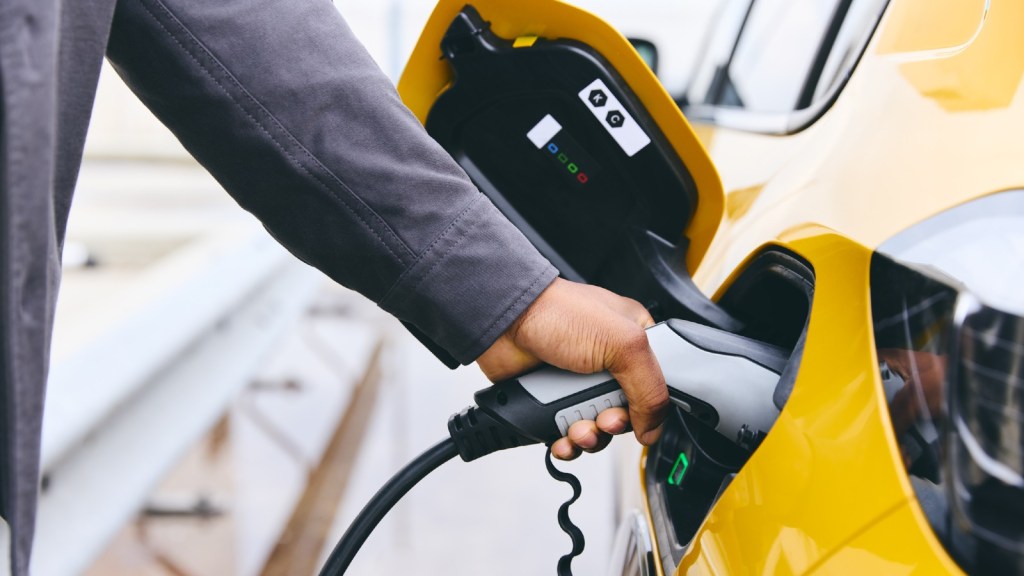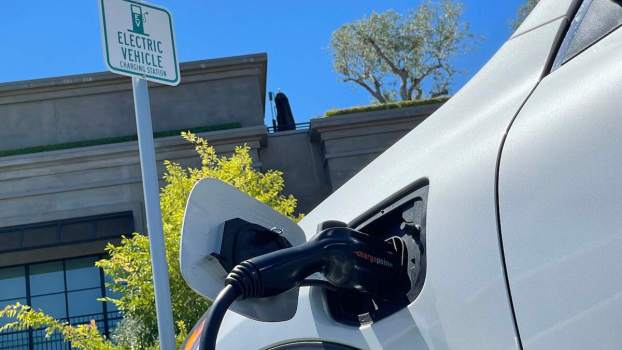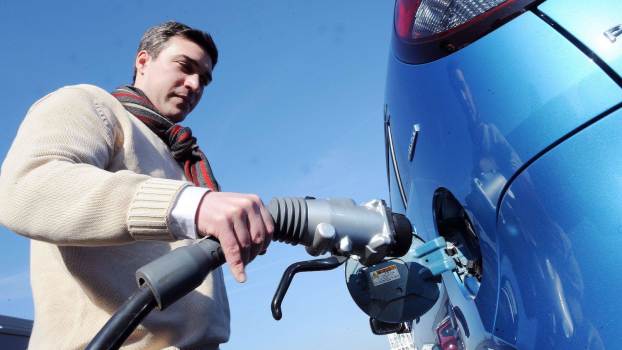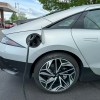
What Happens When Your Electric Vehicle Runs Out of Juice?
Is your electric vehicle like your smartphone? Both run on the same type of batteries, and some old advice is to drain your phone’s batteries entirely occasionally. This is supposed to protect your phone’s battery life, but should you drain your EV batteries? Considering your electric vehicle is your source of transportation, allowing the batteries to run out could cause headaches.

What happens when an EV’s batteries are empty?
When you run out of gas in traditional vehicles, a hike to the nearest gas station is a reasonable solution. If you’re lucky, a kind person will pick you up and transport you to and from the gas station, making it easier to bring back a gas can filled with fuel to your vehicle. This isn’t a possible solution when you drive an EV.
EV owners who find themselves stranded because they didn’t quite make it to the nearest charging station have to call for help. Unfortunately, you can’t walk to the station and bring back a can of electricity. Thankfully, like gas-powered vehicles, EVs warn you that the batteries are running low. You might become stranded if you ignore this warning and attempt to stretch out your miles.
Empty EV batteries require outside assistance
Once an EV shuts down from lack of battery charge, the driver must call for assistance. Most automakers have created ways for drivers to request assistance from the vehicle, from a mobile app, or by calling a roadside assistance hotline. The MotorTrend team found the most effective method is through the mobile app. The phone’s GPS can pinpoint the vehicle’s location by sending it to a tow truck.
The headaches begin once you call for assistance. If a tow truck arrives at your location, you’ve got to work with the tow driver to ensure the vehicle goes to the nearest bank of working electric vehicle chargers. It’s also important to note the importance of protecting the 12-volt battery charge while waiting. This means shutting down all systems in the vehicle, making the wait uncomfortable.
A dead electric vehicle can spring back to life
Although running an EV battery to dead can be troublesome and create unnecessary headaches, it won’t ruin the vehicle. Once plugged into a DC fast charger, the batteries should refill to 80% of the full driving range in less than an hour (assuming it’s a relatively new EV).
The moral of the story is don’t let your EV batteries run to empty. Many automakers install and program the navigation system to show EV owners the locations of the nearest charging stations. On that note, it’s a good idea to ensure you have enough charge to reach multiple stations. Getting stranded causes headaches and an unsafe situation. Many EV owners have reported some stations won’t function properly, which requires moving on to the next one.






